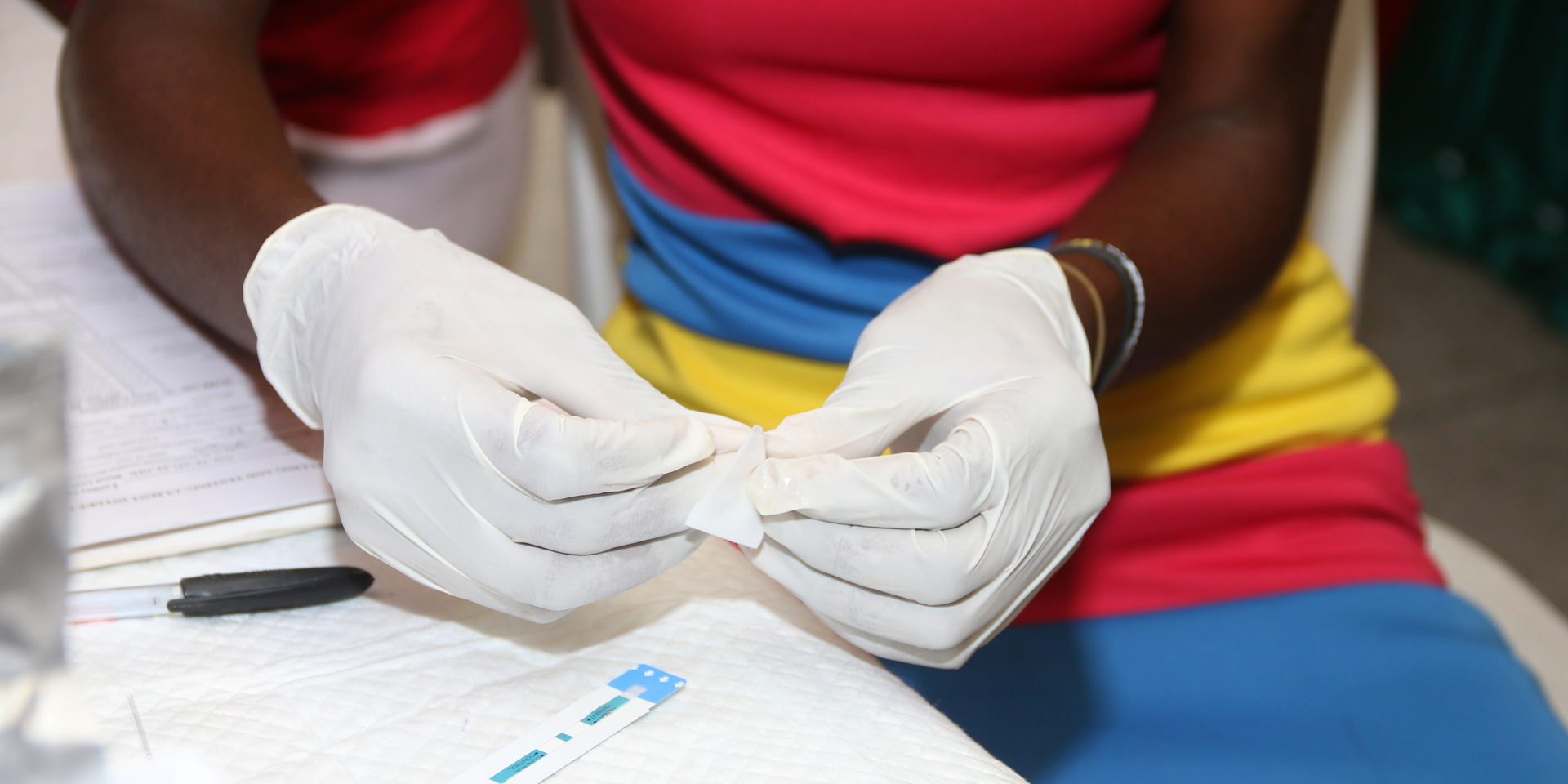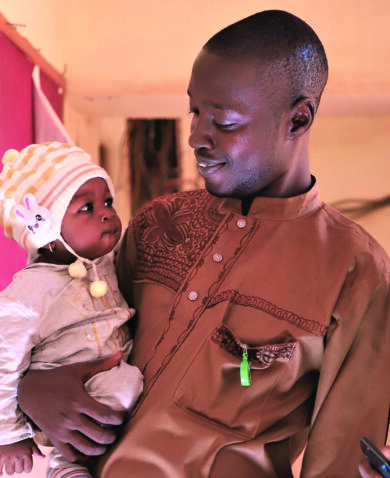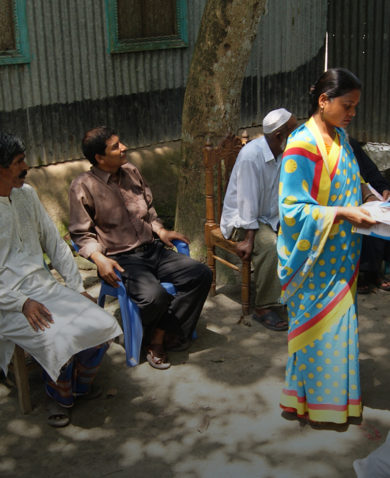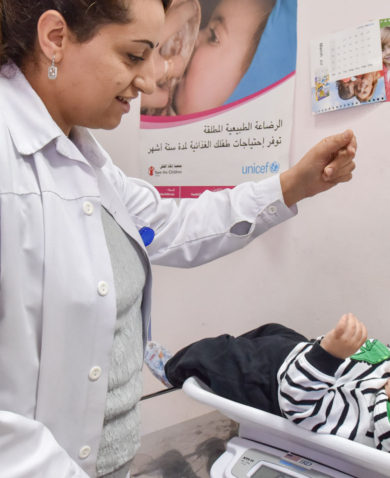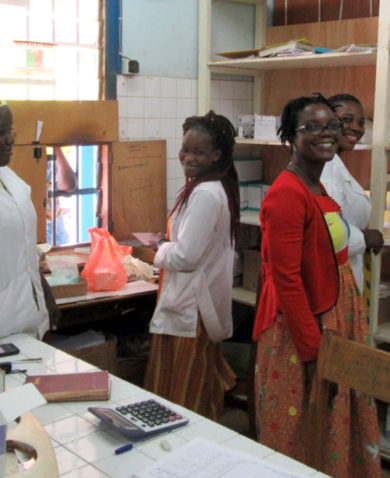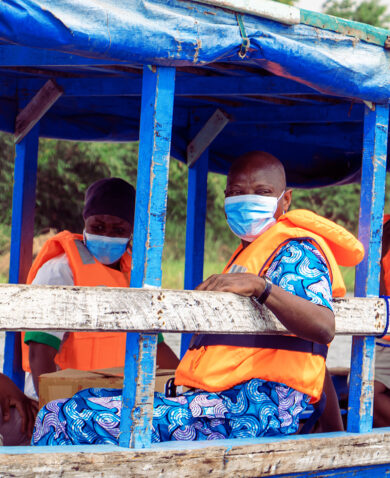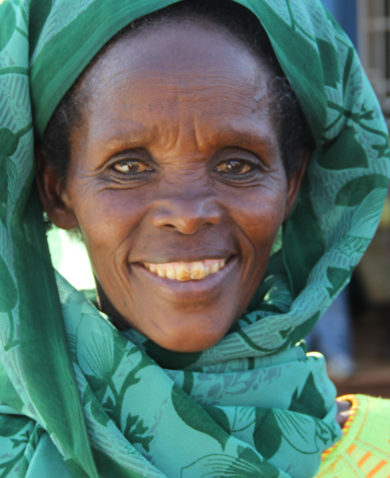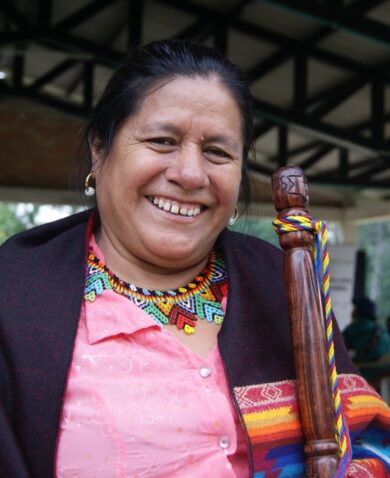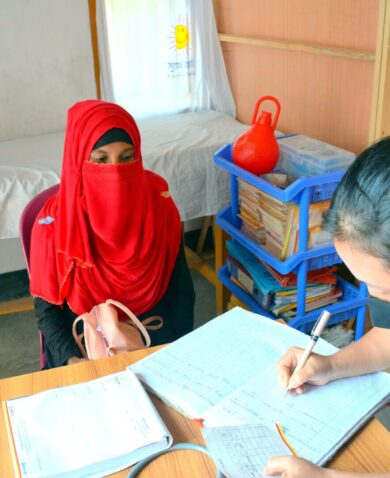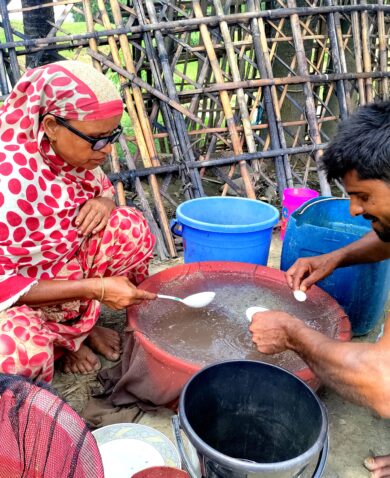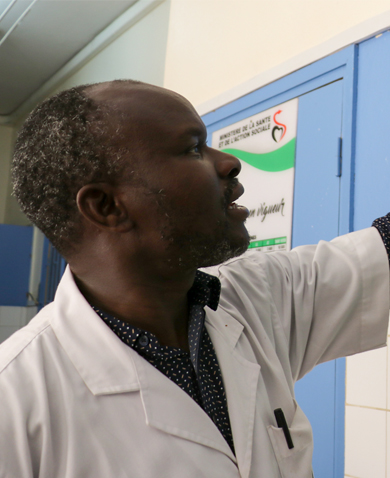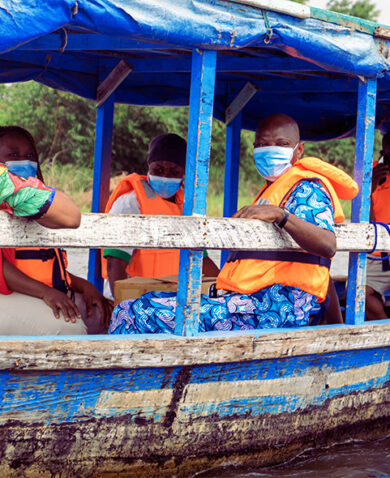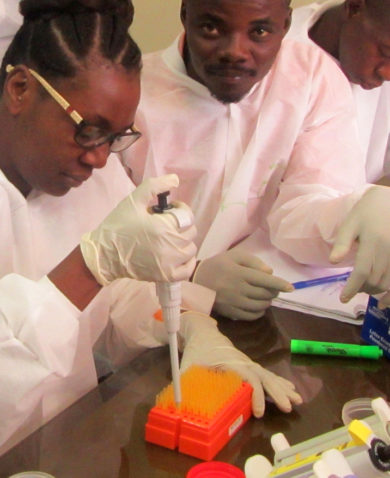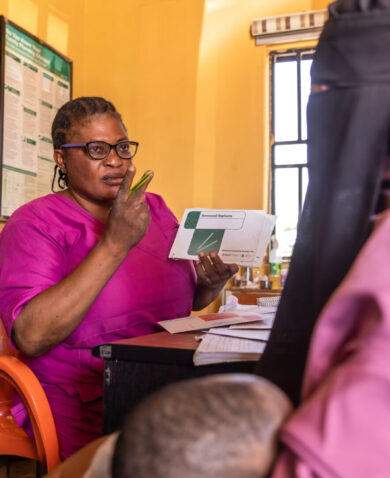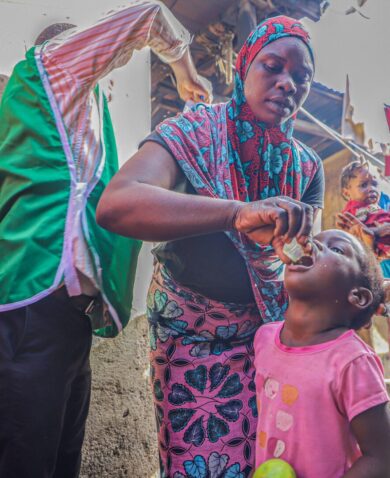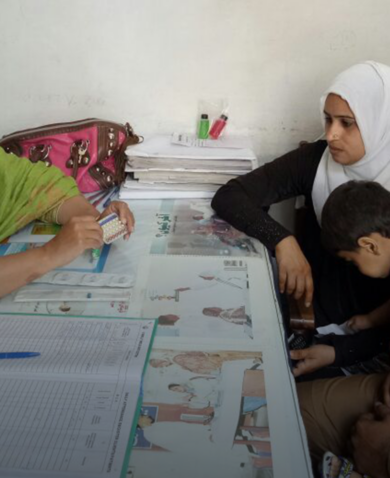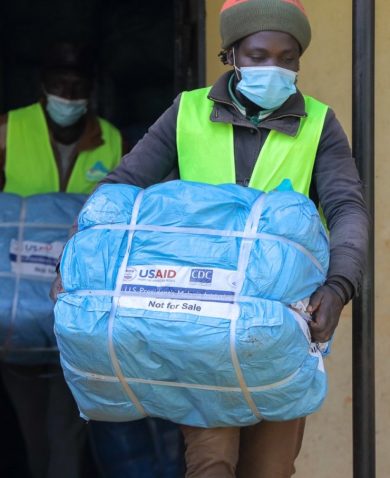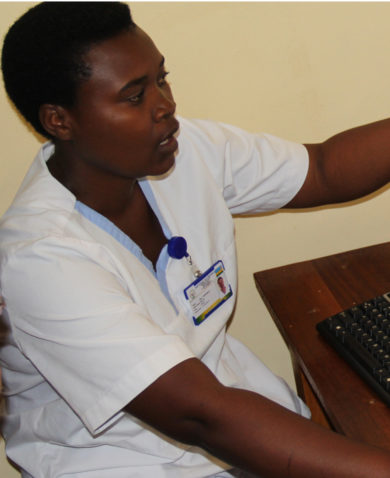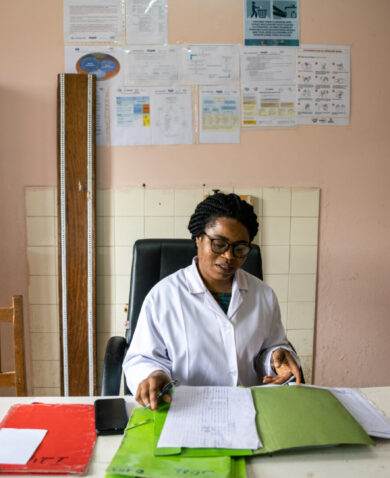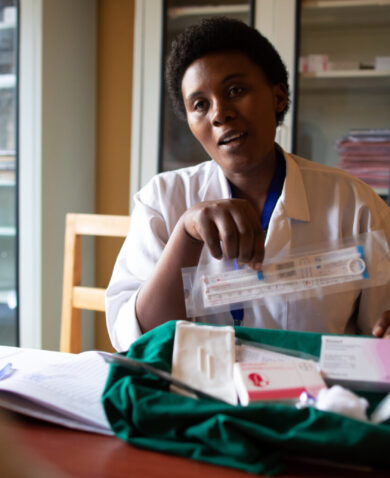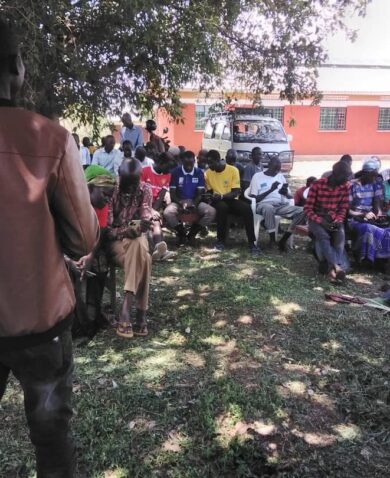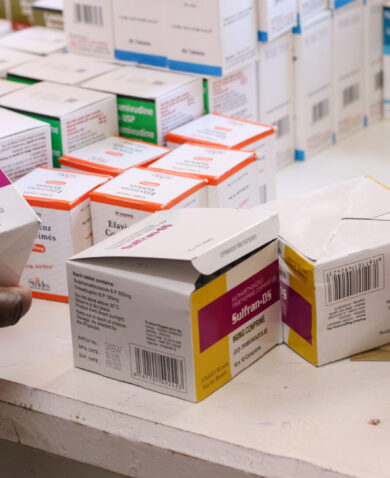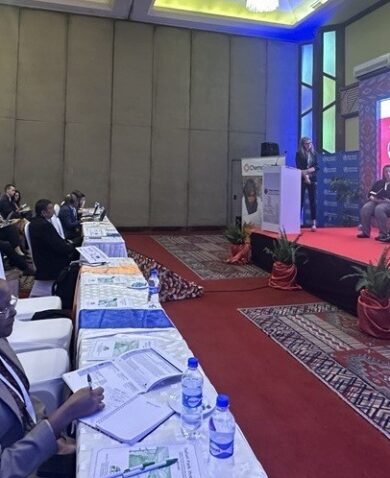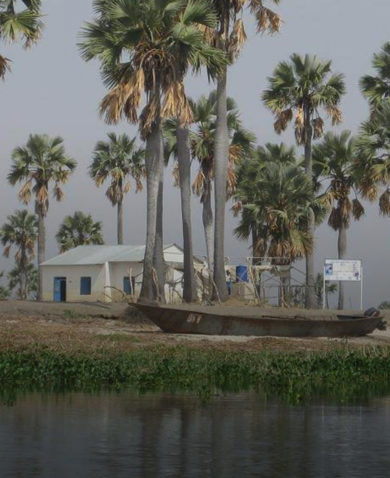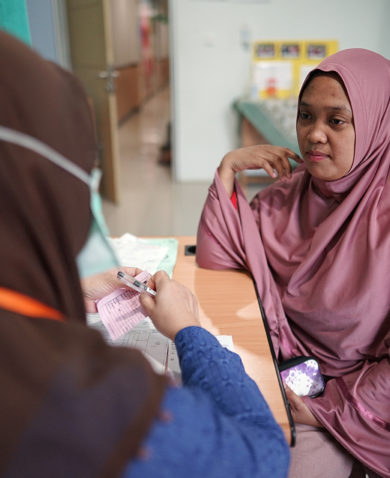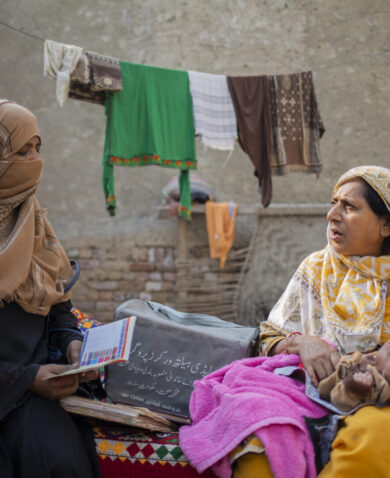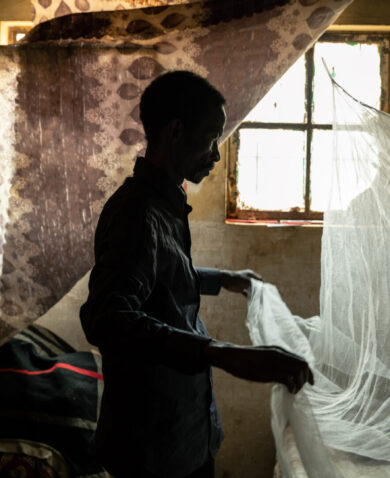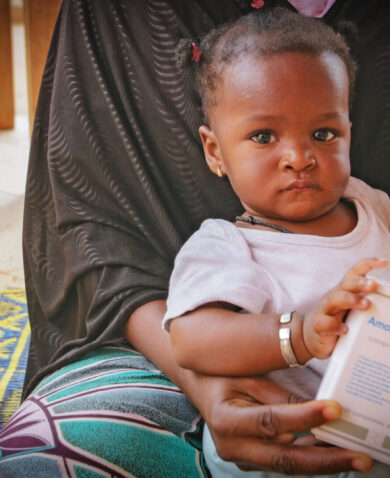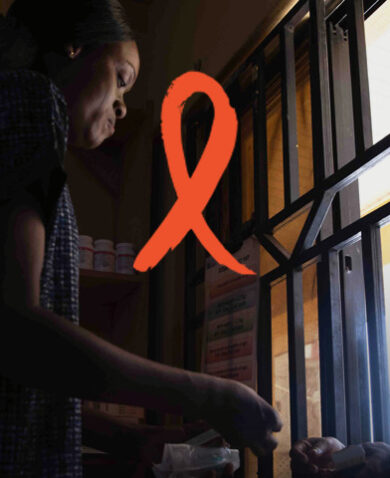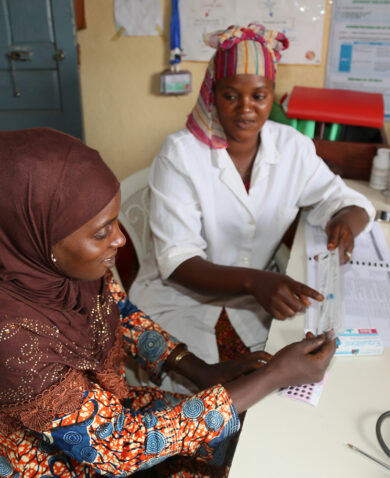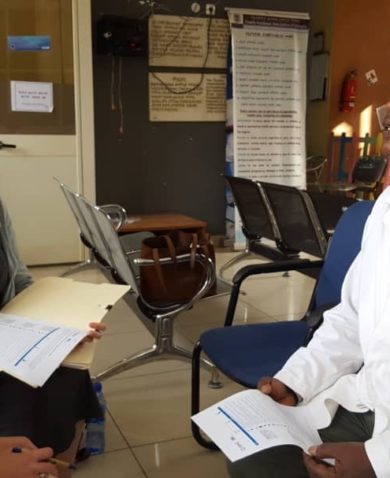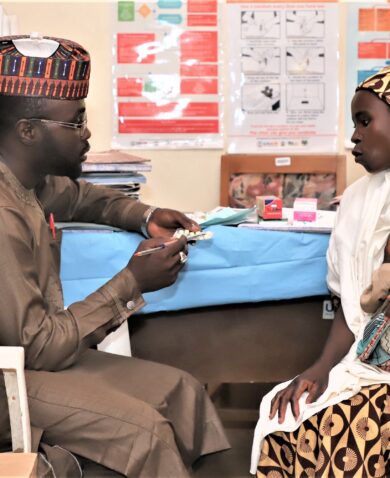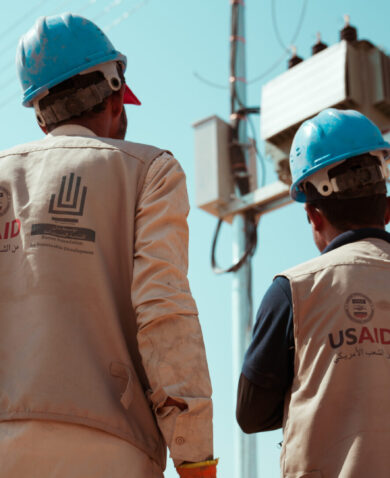“This type of assessment is relatively easy to do and can reveal bottlenecks to quality HIV care,” Mr. Griffin noted.
HRH2030 used the PEPFAR Rapid Site-Level Assessment Tool in Malawi and Zambia, two high HIV burden countries: The tool was applied to 110 facilities in three districts in Malawi in May 2016 and to 100 facilities in 17 districts in Zambia from July to August 2016.
A local data collection firm carried out the assessment in both countries, using a questionnaire provided by HRH2030. Interviewers spoke with facility managers and team leaders, asking questions about health care workers in a variety of HIV service-delivery roles, such as clinicians, laboratory technicians, pharmacy technicians, and community health workers. HRH2030 staff created a database to store the resulting information and shared survey answers with project stakeholders in reports. In short, the assessment discovered priority challenges to HIV service delivery at the facility level, providing decision-makers in Malawi and Zambia with key information to improve their HIV services.
In Malawi, project staff found that inadequate space and a shortage of health care workers were the major barriers to successful HIV service delivery. Health workers often quit their jobs due to excessive workload, poor working conditions, few promotion opportunities, and a lack of supplies.
In Zambia, staff members’ main reasons for leaving differed. Supervisors sometimes assigned staff to positions for which they were not trained. Meanwhile, other staff found better opportunities in the private sector, and still others were reassigned elsewhere by the government.

